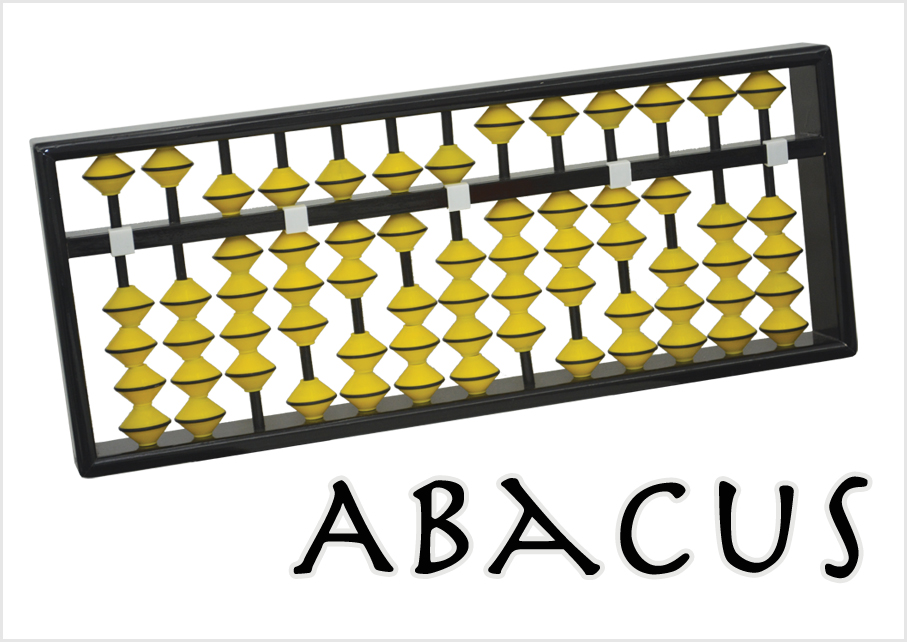


A variant of this approach, consisted in the use of a split tally stick to provide a copy of a common transaction to two parties as a receipt. Tally sticks as a recording device are in some way similar to records using knotted strings described elsewhere in these pages. Marco Polo (1254–1324) referred to the use of the tally in Chin (ref.1). Use of tally sticks has been mentioned by Pliny the Elder (AD 23–79) in his Naturalis Historiaca 77. Tally sticks first appeared as animal bones carved with notches during the Upper Paleolithic. Tally sticks, made of wood or bone, have been used since ancient times as a “data recording” device or memory aid to record numbers, quantities, or even messages.

TALLY STICKS OR PALEOLITHIC COUNTING AIDS. Examples of some of these may be seen in the collection. In the following we look at these ancient counting devices. The word calculate comes from the Latin calculus, which means small stone. The word tally comes from Latin talea – twig or cutting. Watch a video about the Abacusynth below.It may be hard to imagine today that long ago people used to count using scratches (tally marks) on sticks or counted with the help of small stones or just with fingers. This type of engagement is just as creative as “Big C”, but is not studied or considered as much when talking about design.”Īs it is part of Jarzombek’s thesis, the physical version of the synth is not available as a commercial project but he wishes to expand on his idea by adding that the core concept could be reduced to individual modules that could be stacked or linked together in some way,”. “My target user is a “little C” creator, someone who is being creative just for the fun of it, and is more interested in feeling good while creating, instead of being focused on the outcome.
#ABACUS PICTURE PROFESSIONAL#
“Most synths cater to the ‘Big C’ creator, the professional or virtuoso who requires granular control in order to achieve their goal, and who is either willing or required to learn complex interfaces in order to do so,” Jarzombek says. Read this next: Listen to a synth made from the destroyed headlight of a Russian tank
#ABACUS PICTURE FREE#
The Abacusynth includes a free plug-in version, created by Jarzombek for Ableton Live with the goal continuing to encourage experimentation when creating electronic sound. It's what sets the interaction apart from any software, so it was the first thing I started developing.”

Jarzombek says: “The spinning interaction takes advantage of physics to illustrate a sonic phenomenon. Moving the bead creates timbral shifts in the synth’s sound with light sensors responding to this movement working out the waveform and harmonic. The Abacusynth has the look of an abacus with four rods holding a bead that can be pushed along the rod and even spin. Read this next: Synthnes converts your Nintendo Nes console into a synthesizer “Just like an abacus is used to learn the fundamentals of math,” Jarzombek says, “the Abacusynth can be used to explore the building blocks of audio synthesis.” The ancient mathematical tool, the abacus has been transformed into a new synthesizer named the Abacusynth.ĭesigner of the Abacusynth, Elias Jarzombek, created the new model of synth as part of his thesis project.


 0 kommentar(er)
0 kommentar(er)
